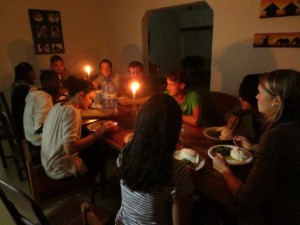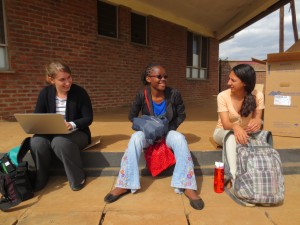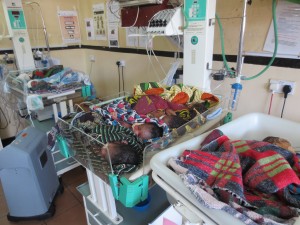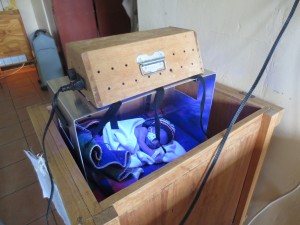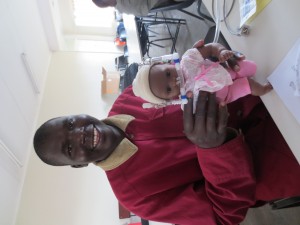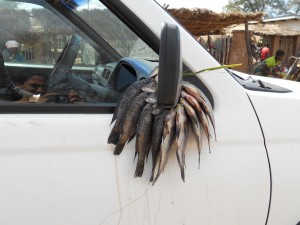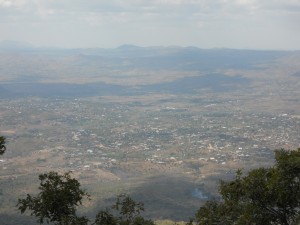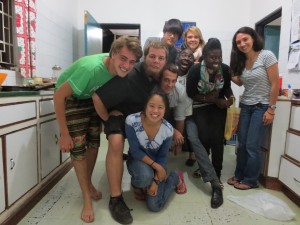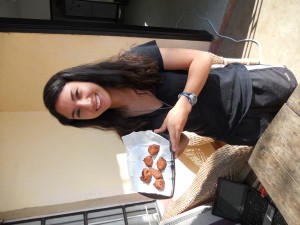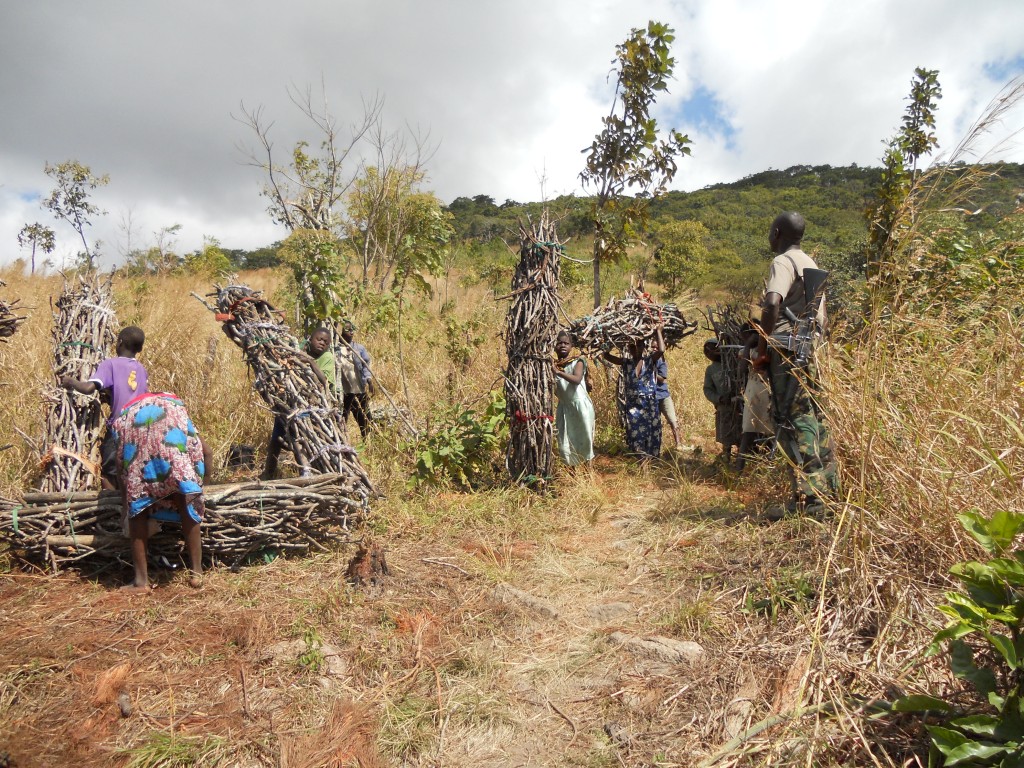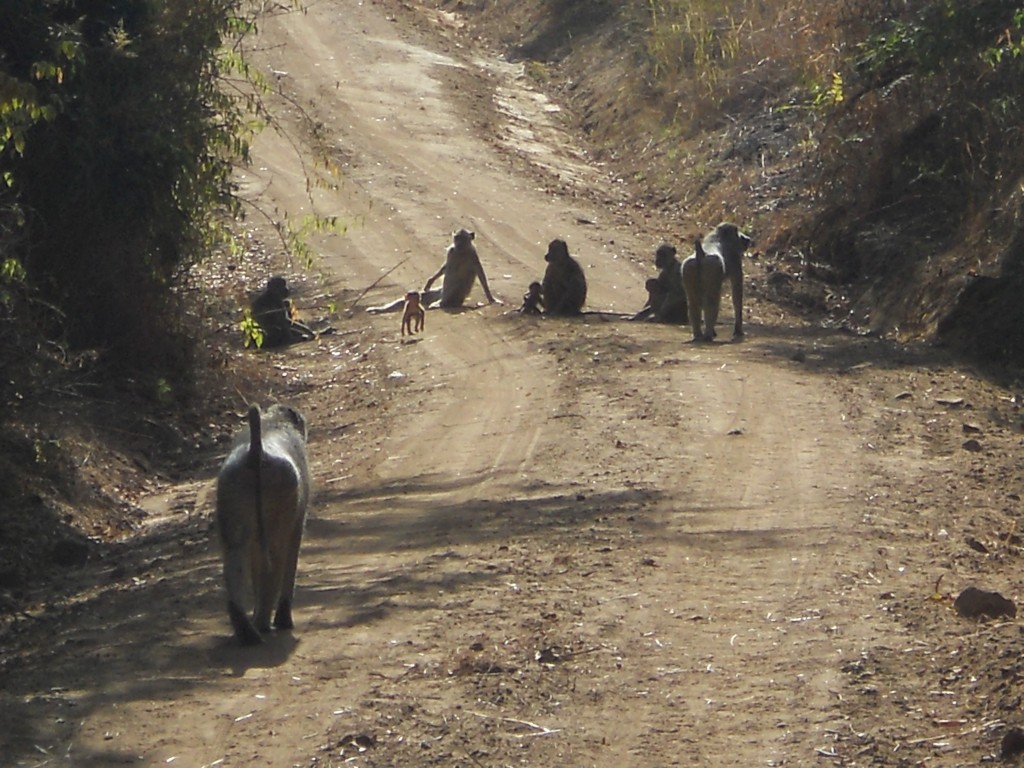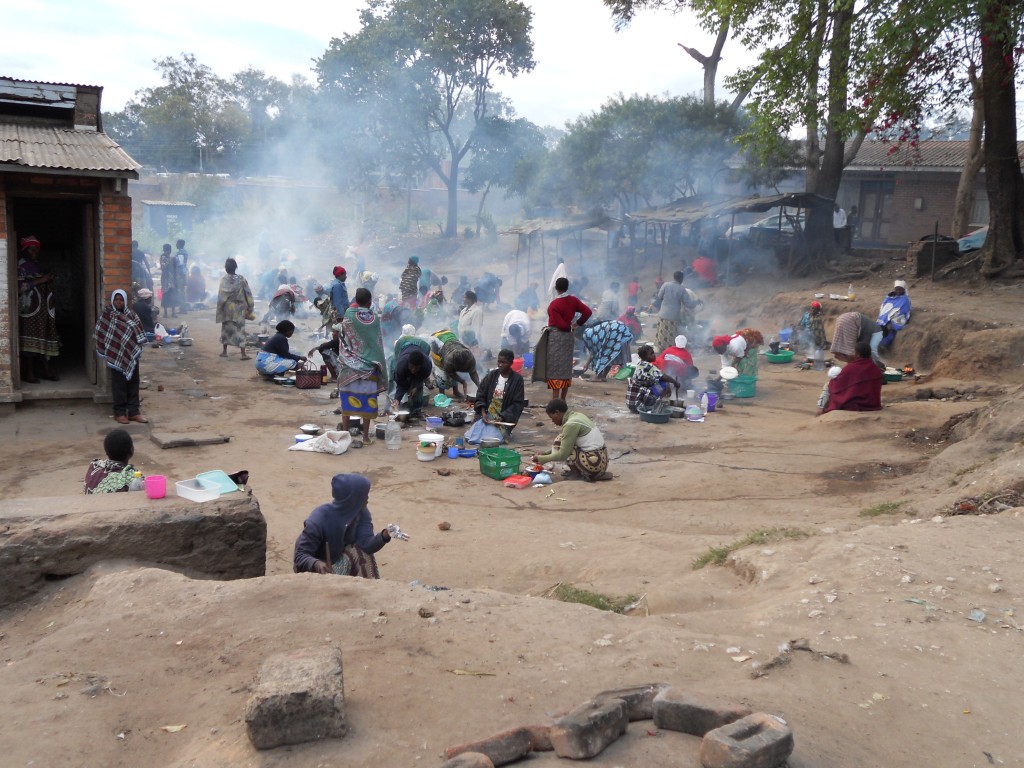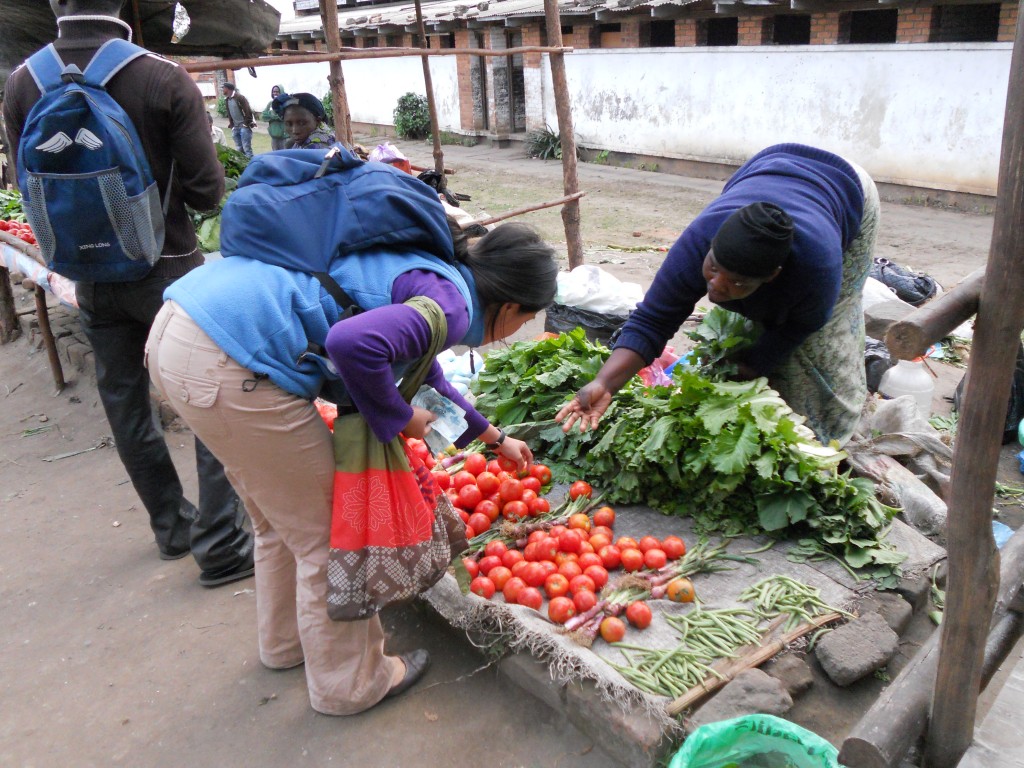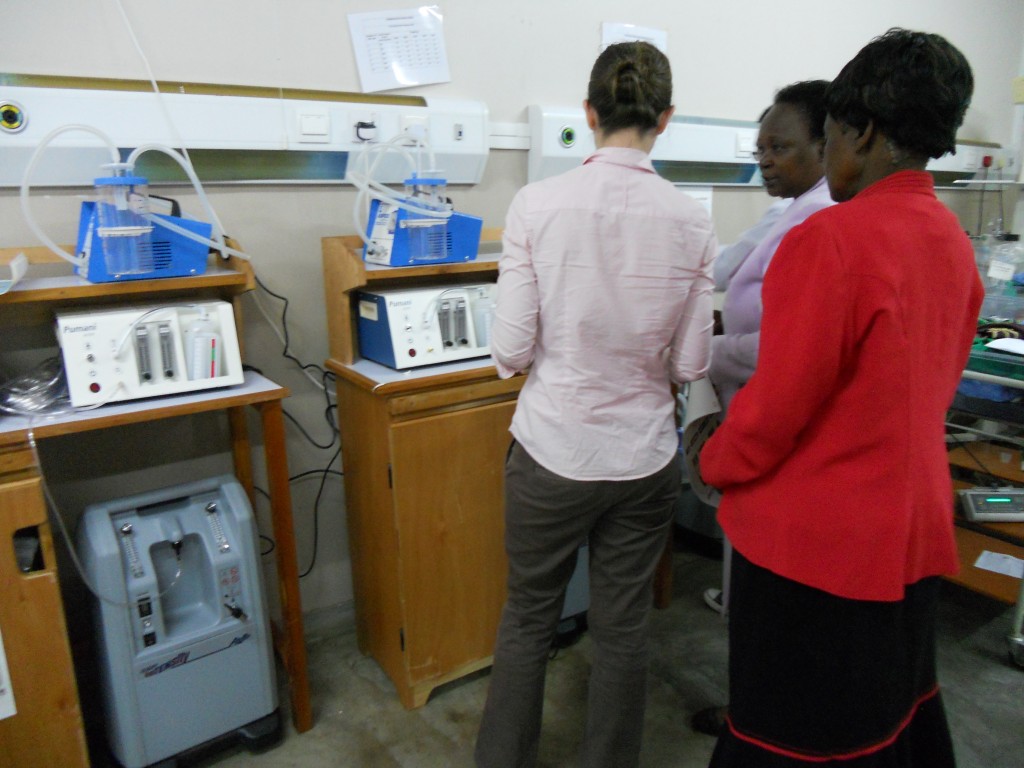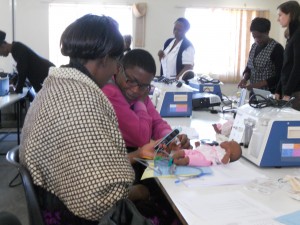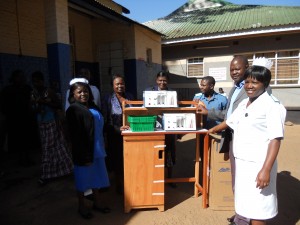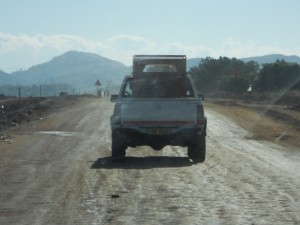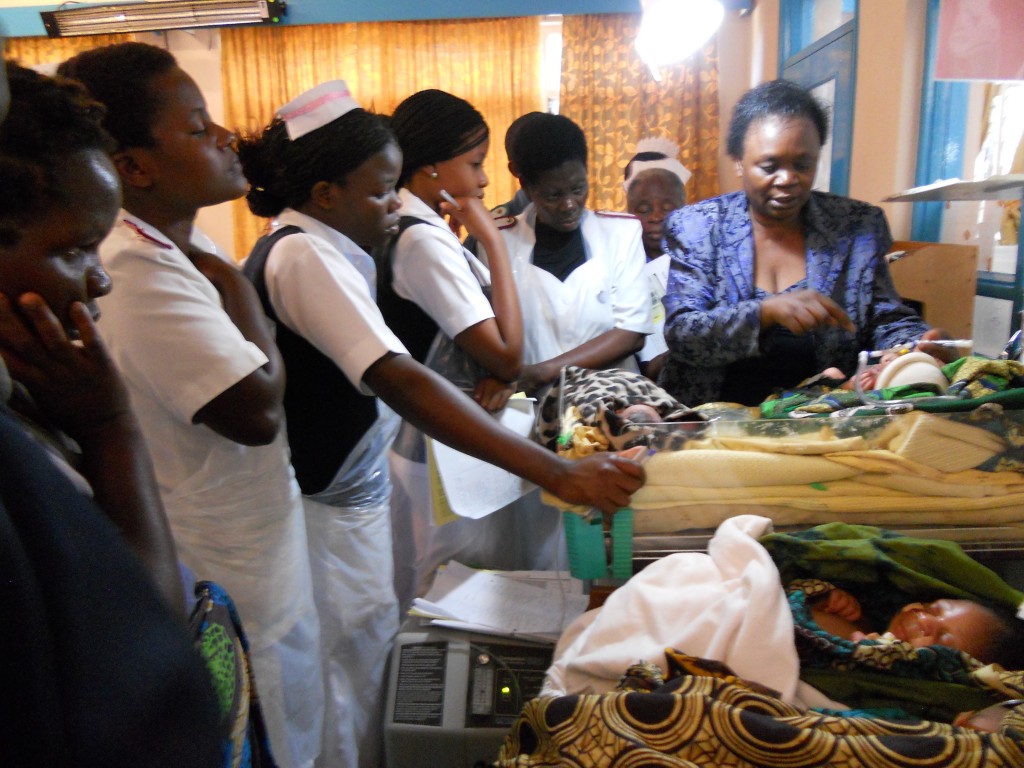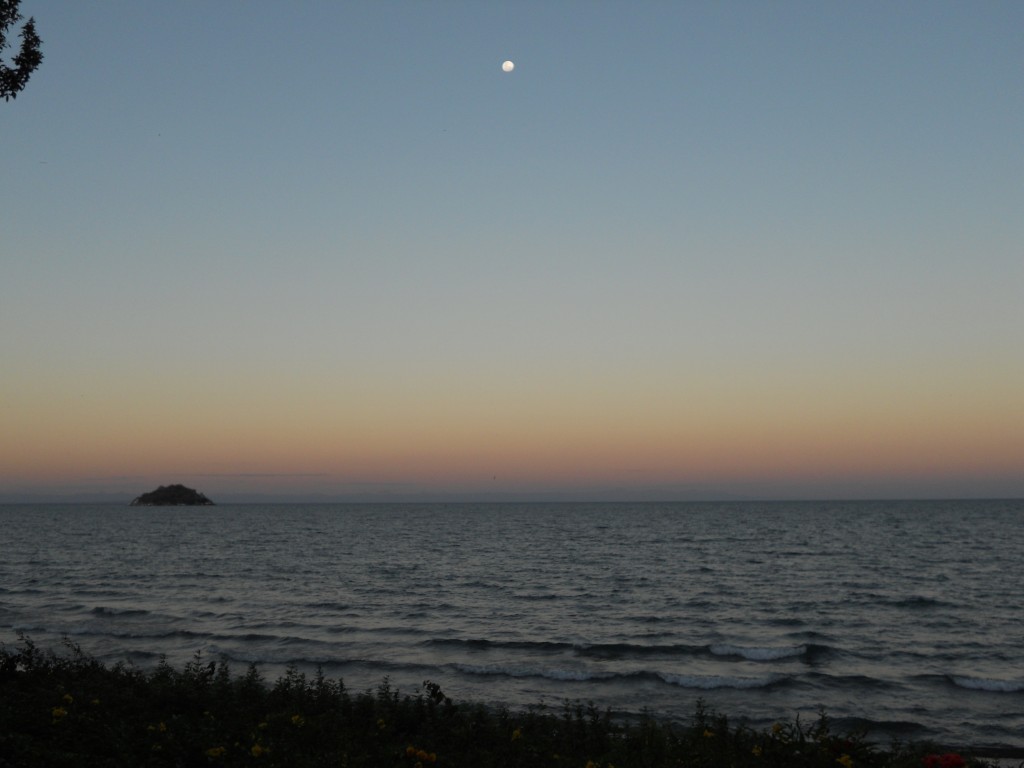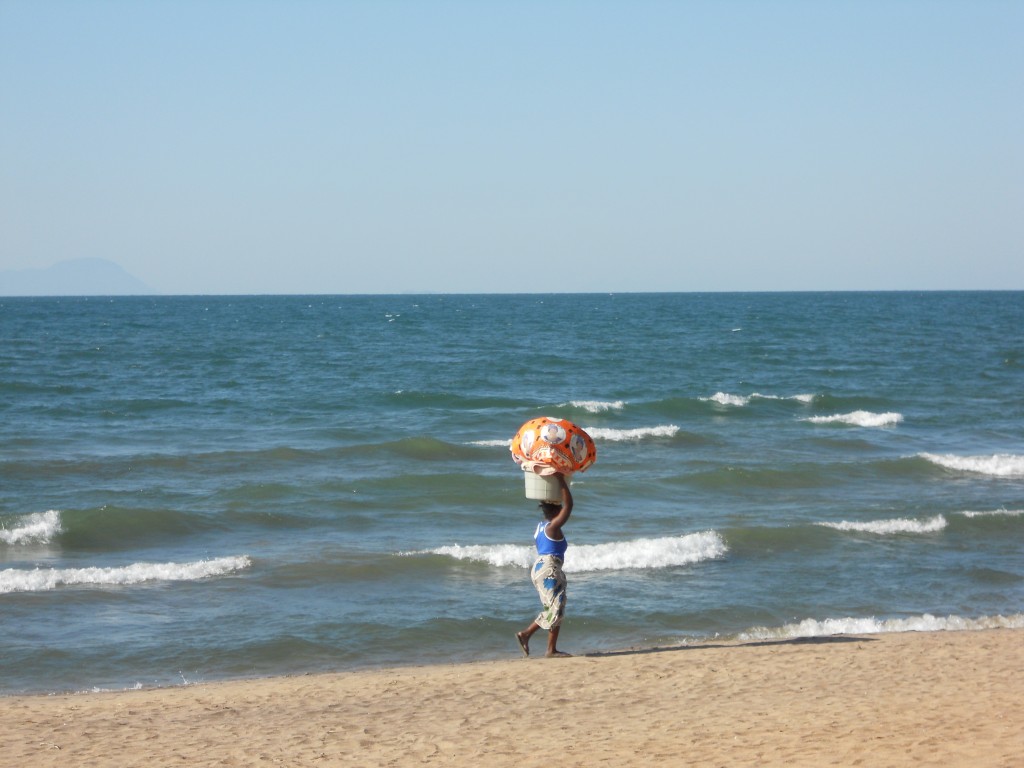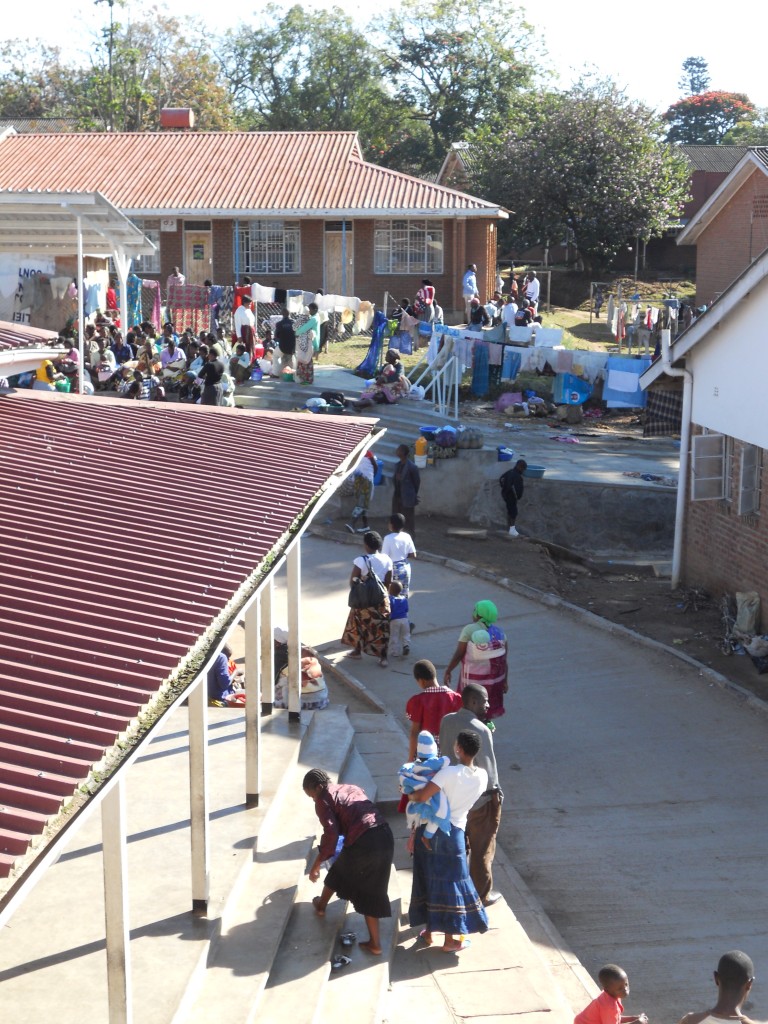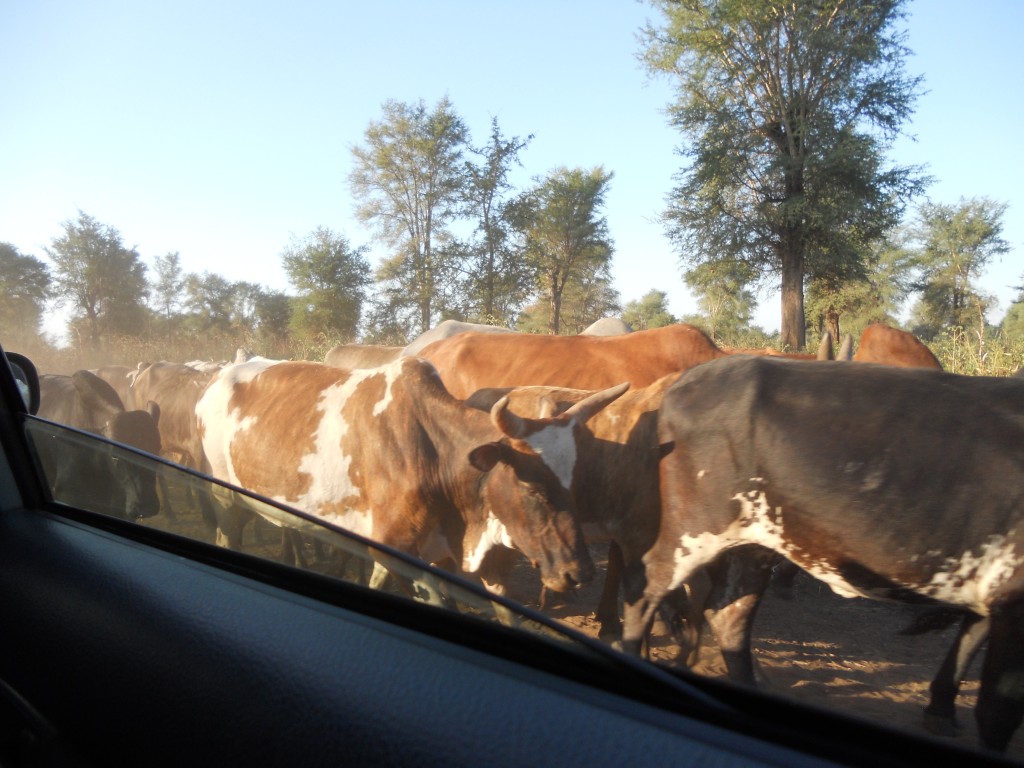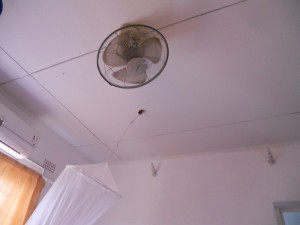Training Update
Second week of training has gone swimmingly. Now we have a detailed agenda and have even been running more on schedule than usual! It is really impressive how quickly the trainees pick up the skills. Today we were even able to go down to the wards and have the trainees observe the CPAP in action as the nurses put new babies on the machine. This was really helpful since the trainees all practice on baby dolls. I’d also like to share a couple of great quotations from training. It helps if you read them with a Malawian accent…
Florence (Queens CPAP nurse): Make sure there is space between the septum and the nasal prongs. They will sue us and the baby will need plastic surgery.
Alfred (our Malawi Ministry of Health helper): First you save lives, and then you can have your…Fanta.
Weekend
On Saturday we went to a Malawian play about witchcraft. I was expecting it to be super creepy, but it turned out to be a comedy! As far as I could tell, they were basically poking fun at witchcraft and making it seem ridiculous. The cast was made up of only four people who were incredible actors. One of them was also the writer and director and is a very famous actor in Malawi. It started off really funny, but soon the subject matter made me, as well as most other Azungus (white people), uncomfortable. Basically this boy had come to the best witch doctor in order to get something that would allow him to rape girls and get away with it. However, he broke the terms of the original agreement and had to return to the witch doctor for help. The solution required him to rape his mother and kill his father. The second act opened with a big sign over the newly converted witch doctor’s place which read in Chichewa, ” We have stopped practicing witchcraft. We are born again.” There was a couple of dramatic plot twists, but it involved a lot of rape and didn’t seem to have a happy ending. What was surprising to me was really the audience’s reaction to the play. Most of the audience were male Malawians, and pretty much everyone except the Azungus thought it was hilarious. Seeing people laugh and joke about things like rape and HIV was a bit of culture shock to me. But the more I thought about it, it really isn’t all that different from the inappropriate humor found in American media. It’s just that different topics are more relevant in different cultures, and these particular topics were rather uncomfortable for me. Maybe Malawians would find American humor quite offensive. Regardless, it was a good experience, and like I said, the cast was really talented.
On Sunday we attended a picnic for the music program of a private primary school. It was a lovely day and the children’s performances were highly entertaining. Tiny musicians are adorable in any culture! I also got to stock up on African cakes, my latest food obsession. It’s basically just little circles of banana and corn maize mashed into a dough and then fried.

Picnic with the housemates
The Season of Leaving
It’s about that time of year when a lot of volunteers are heading back home soon. It’s made me think about how difficult it is, on a person and professional level, to be in a place where people are constantly coming and going. For Malawians I imagine it’s really difficult to have so many volunteer doctors come for a few months to a year, and then have new co-workers all the time. And since the volunteers can come and leave as they please without any set schedule, they often end up with periods of lots of doctors on the wards, and periods where they are seriously understaffed. It also makes it difficult to make lasting relationships with people. A few of our friends here are here for about a year, and I can’t imagine having so many “short-timers” like myself coming through all the time. Answering the same questions to clueless newbies and saying goodbye to so many people throughout their time here. However the ex-pat community here is so small that everyone knows everyone, and you start to feel really popular when you run into people you’ve met. In fact, Ariel and I have not travelled anywhere without seeing people from Queens!
Medical Record Hunt
Our dear friends at Medical Record are on a major hunt to find about 25 files in the vortex of the medical record storage. A doctor gave them a list of patients that needed to be tracked down so they have been diligently going through piles on piles of charts trying to find these patients. They have found several over the last week, so they are very excited about that. Whenever they find one there is lots of whooping and celebrating! Going to medical records, once a daunting task, is often the highlight of our day. They always keep us laughing and also like to teach us Chichewa.




The Pediatric Nursery crowded with med students!

The prettiest produce stand on the street.
No Fear Aloe Vera
Well now that I’ve gotten you to read all this random stuff, I’ll now explain the blog post title. One of the nurses in Chatinkha nursery thought I was a doctor, so we spent some time talking as I tried to explain who I was. She couldn’t figure out how to same my name, so I wrote it out. She asked what my name meant, and I sadly replied that it means nothing in particular in English as far as I know. She then told me that in Chichewa, “Sa” means “without” and “mantha” means “fear”. And she interpreted my last name, Olvera, as “a medicinal plant used for many purposes”– aloe vera. So in Chichewa my name is quite exciting. All this time I thought I was just named after my brother’s childhood stuffed animal…She also has the same name as my grandmother, so it was a good bonding experience overall.

